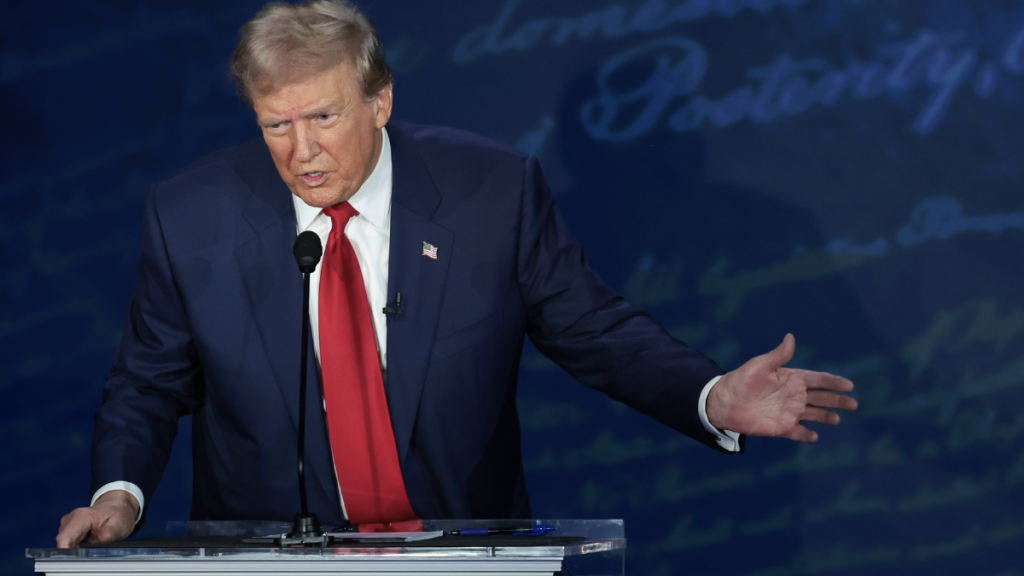President Donald Trump’s first 100 days in office were marked by a breakneck pace of action, most notably through an unprecedented use of executive orders.
While past presidents have used the first few months of their terms to propose legislative agendas and work closely with Congress, Trump instead relied heavily on unilateral executive actions to push forward his priorities—often sidelining Congress in the process.
By the end of his first 100 days, Trump had signed over 30 executive orders, a pace not seen since World War II. His actions touched on everything from immigration enforcement and regulatory rollback to energy policy and national security, signaling a new era of executive assertiveness.
While his approach drew praise from supporters for “getting things done,” it also raised concerns about the bypassing of democratic norms and legislative process.
Key Executive Orders: Immigration, Deregulation, and More
Trump’s use of executive orders allowed him to swiftly act on campaign promises without waiting for congressional support. Among the most controversial were:
- Immigration Travel Ban: Early in his term, Trump signed an executive order temporarily banning travel from several Muslim-majority countries. The move prompted widespread protests and legal challenges, ultimately reaching the Supreme Court.
- Border Wall Authorization: He signed an order to begin construction of a wall along the U.S.-Mexico border, a cornerstone of his campaign platform.
- Regulatory Rollback: Trump implemented a “two-out, one-in” rule requiring that for every new regulation introduced, two existing ones must be eliminated. This aimed to reduce red tape for businesses and accelerate economic growth.
- Energy and Environment: Executive orders reversed key Obama-era environmental protections, opening up federal lands for energy production and removing limits on carbon emissions.
These orders reflected the administration’s strategy of governing by directive, rather than through the often slow and contentious legislative process.
Congress Sidestepped: A Shift in Legislative Dynamics
The sheer number and scope of Trump’s executive orders during his first 100 days underscored a dramatic shift in the balance of power between the executive and legislative branches.
Historically, presidents have used their early days to build coalitions in Congress, draft bills, and seek bipartisan support. Trump, however, adopted a different tactic—one rooted in speed and unilateralism.
While Congress remained active during this period, it often struggled to match the velocity or visibility of Trump’s executive actions. Health care reform, for example, stalled in Congress even as Trump continued to sign orders that significantly impacted the Affordable Care Act.
Lawmakers from both parties expressed concern over being left out of the decision-making process. Some Republicans supported the outcomes of the orders but warned against weakening the institutional role of Congress. Democrats, on the other hand, viewed Trump’s tactics as authoritarian overreach.

Public Reaction: Divided Over Efficiency vs. Overreach
Public response to Trump’s rapid use of executive power was polarized. Supporters saw the flurry of activity as evidence that Trump was fulfilling campaign promises and taking decisive action in contrast to Washington’s usual gridlock.
To them, the president was simply bypassing a dysfunctional Congress to serve the American people.
Critics, however, warned that this approach could set a dangerous precedent. Many pointed out that governing by executive order lacks the checks and balances provided by the legislative process.
There were also concerns about the temporary nature of executive orders, which can be overturned by future presidents or challenged in court—something Trump himself experienced repeatedly.
Legal battles over the travel ban and environmental orders served as reminders that executive authority, while powerful, is not absolute.
Legacy and Long-Term Impact
Trump’s first 100 days established a governing style characterized by direct action and public confrontation. His heavy reliance on executive orders raised lasting questions about the role of presidential power in American democracy.
While some of his directives faced setbacks, others fundamentally reshaped national policy in key areas.
Future administrations will likely study Trump’s early days as a blueprint—either to emulate his assertiveness or to correct what critics see as an imbalance of power.
In the meantime, Congress faces growing pressure to reassert its legislative authority to ensure that democracy functions as a system of shared governance.
Conclusion
Trump’s fast-paced first 100 days redefined how a president could act without waiting for congressional consensus. While his actions were praised by his base as bold leadership, they also sparked a national conversation about the limits of executive power.
Whether seen as effective or autocratic, Trump’s approach set a tone that continues to shape presidential politics.
🔗 For additional context on Trump’s use of executive orders, visit: Brookings Institution – Tracking Trump’s Executive Orders
Disclaimer – Our team has carefully fact-checked this article to make sure it’s accurate and free from any misinformation. We’re dedicated to keeping our content honest and reliable for our readers.
